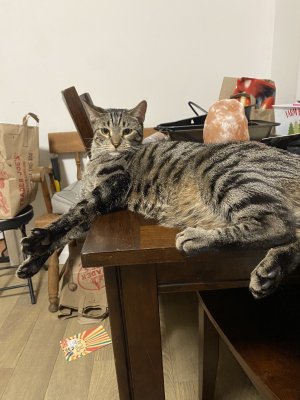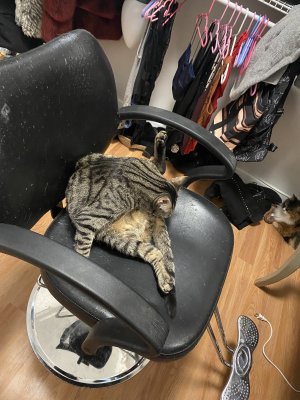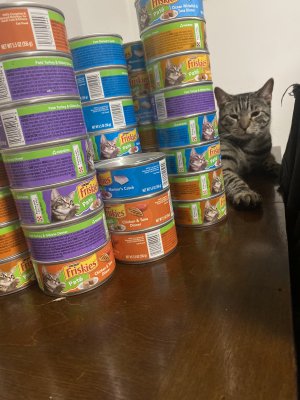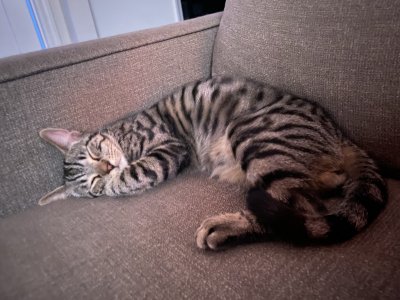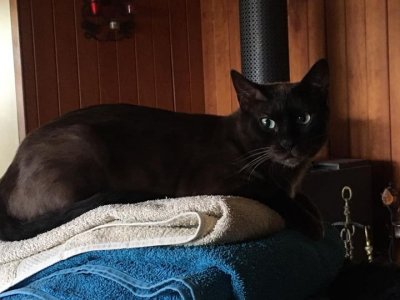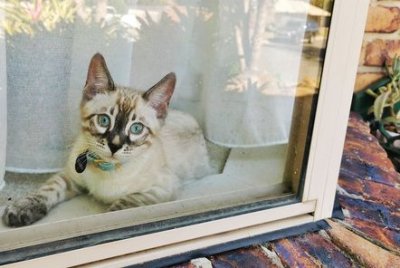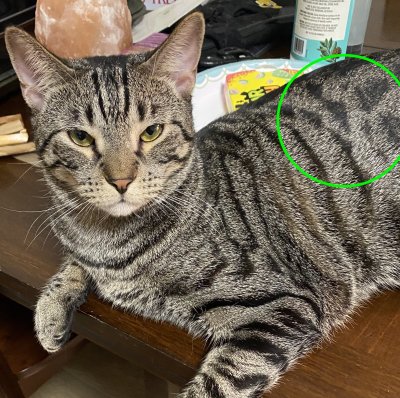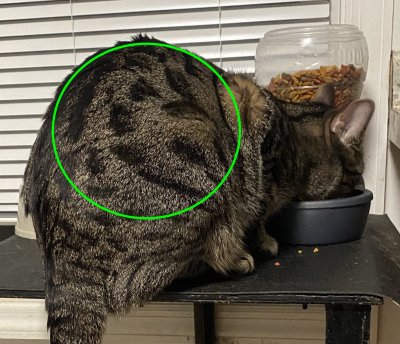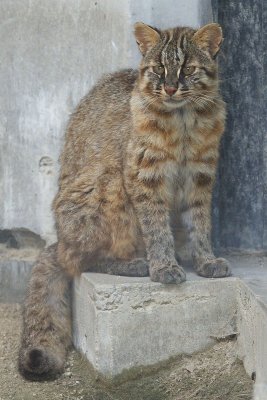Recently been wondering if my male 1 year old cat is part bengal. He has very large paws front and back, extremely long, and an interesting pattern. He’s very very tough has been boxing with my German Shepard since he was a kitten.













Attachments
-
1.8 MB Views: 85
-
2.3 MB Views: 66
-
1.8 MB Views: 75
-
2.9 MB Views: 88

